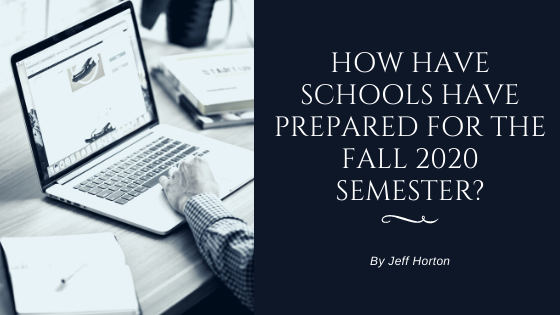Prior to the start of the 2020-2021 school year, school boards and administrators worked diligently to provide a safe, effective environment for returning students. Though each state and each district has different requirements, strategies, and restrictions, there are some standards across the board when it comes to preparing for this unprecedented school year.
It is important for parents, educators, and community members to understand the difficult decisions made in preparation for this school year. While it is widely acknowledged that in-person lessons tend to be more effective for most students, prioritizing the health and safety of students and staff is of the utmost importance.
Extensive Preparedness
Because much of this year has been rather unpredictable, many schools decided to plan ahead and account for multiple different scenarios ahead of time. In Minnesota, schools were required to create three contingency plans based on the possibility of the pandemic’s impact; these plans covered in-person schooling, hybrid learning, and a fully remote education. For the options that would feature any amount of in-person schooling, capacity of buildings was limited, and social distancing parameters were to be enforced. By preparing for various situations in advance, these schools were able to anticipate problems that could arise with each of the options and plan ahead with possible solutions.
Health Monitoring & Cleanliness Standards
Across the country, heightened standards for proactive healthcare, cleanliness, and regular health assessments have become commonplace. From implementing strict social distancing guidelines, limiting building and bus capacity, constructing physical barriers to distance students from one another, and more, many schools have taken steps to abide by government guidelines and keep the educational environments safe. Additionally, many schools have implemented advanced cleaning practices that entail more frequent and thorough cleanings throughout the day to help protect students and staff from exposure. Lastly, some schools have required that parents take their children’s temperatures every day before school and to keep them home if they have a fever in an effort to reduce the spread of the virus.
Honed Remote Learning
At the end of the spring 2020 semester, schools across the nation suddenly shifted to a remote platform. With little time and limited resources to properly prepare, a large percentage of students and staff struggled to adapt. The summer provided time for educators, administrators, parents, and students to more effectively prepare for an unusual education this fall. In that time, schools had the opportunity to gather and distribute essential materials (including online/digital resources), construct a new calendar, and revise their crisis management plans for the future. With more time to prepare for this semester, educators are now better equipped to navigate the digital/hybrid educational landscape with their students.
